Check valves are a key component of a water pumping system to achieve optimum performance and reliability, and ensure the pump’s lifecycle is not compromised by helping to maintain pressure when it is shut off, and to prevent damage from backspin, upthrust and waterhammer. Here, we look at the role of check valves, recommendations for their use with submersible pumps, the best style to use, and how they help prevent damage.
The role of check valves and recommendations for submersible systems
Check valves are required so that water is only able to flow in one direction, in order to prevent the water in the column above the pump and in the pressure tank from draining back into the well when the pump shuts off.
This makes them an important part of a submersible pump installation, and it is recommended that there should always be at least one check valve.
Many submersible pumps come with a built-in check valve, however if this is not the case, a line check valve should be installed in the discharge line within 25 feet of the pump and below the draw down level of the water supply.
For deep well applications, additional check valves may be needed and the pump manufacturer should be consulted to ensure the correct number of check valves are used and are properly installed.
Check valves should be properly sized to the pump’s flow and pressure conditions, and no more than the recommended number of check valves should be used.
Which check valve should be used?
Only positive sealing check valves such as spring loaded, stem or cage poppet styles should be used with submersible pumps and motors, as they are designed to quickly close when water flow stops and starts to move in the reverse direction.
Swing type check valves are not acceptable and should not be used with submersible pumps and motors as they have a slower reaction time, which can cause a sudden change in water velocity, leading to waterhammer.
Preventing damage
Properly located and operating check valves will hold water pressure in the system when the pump stops and ensure smooth and trouble-free operation of the system, preventing backspin, upthrust and waterhammer, all of which can cause damage and compromise the lifecycle of the pump.
Backspin
If a submersible system has no check valve or a failed check valve, the water in the drop pipe and the water in the system can flow down the discharge pipe when the motor stops.
This can cause the pump to rotate in a reverse direction causing backspin. If the motor is started while it is in this state, an excessive amount of force is placed across the pump-motor assembly, potentially causing impeller damage, motor or pump shaft breakage and excessive bearing wear.
Upthrust
With no check valve, a leaking check valve or drilled check valve, the pump unit will start under a zero head condition, causing an uplifting or upthrust on the impeller-shaft assembly in the pump.
This upward movement carries across the pump-motor coupling, creating an upthrust condition in the motor. If upthrust conditions are repeated, premature failure of both the pump and the motor can result.
Waterhammer
If the lowest check valve is more than 30 feet above the standing (lowest static) water level, or a lower placed check valve leaks and the above check valve holds, a vacuum is created in the discharge piping.
Upon starting the pump after the vacuum is created, water moving at a very high velocity will fill the void and strike the closed check valve and the stationary water in the pipe above it.
This causes hydraulic shock which can split pipes, break joints and damage the pump and/ or motor. This occurrence is called waterhammer, and when it happens, it can often be heard or felt.
If a submersible system does experience waterhammer, it should be shut down and the pump installer contacted to correct the problem.
A manufacturer that is there for you
Having easy access to the manufacturer is imperative when it comes to installing and troubleshooting problems with check valves, as they will be able to provide the best advice and solution for your application.
However, this can be difficult as international brands may not have a base in Australia, so there may not be anyone who can come out to check on the pump in person, and any questions will need to be dealt with online or via phone which can take additional time, especially if they are located in a vastly different timezone.
There may also be problems with Australian manufacturers, depending on where their offices are located, where clients are located, and if they have regional technical teams.
Franklin Electric has a team of highly experienced technical service managers, across both metro and regional locations, so someone can come out to assess the system in person and troubleshoot on site if required.
The team is also available to provide advice on the use of check valves in its submersible pump and motor systems to ensure it is correct for the application and will have trouble-free operation.
This partner content is brought to you by Franklin Electric. For more information, visit https://franklin-electric.com.au/.


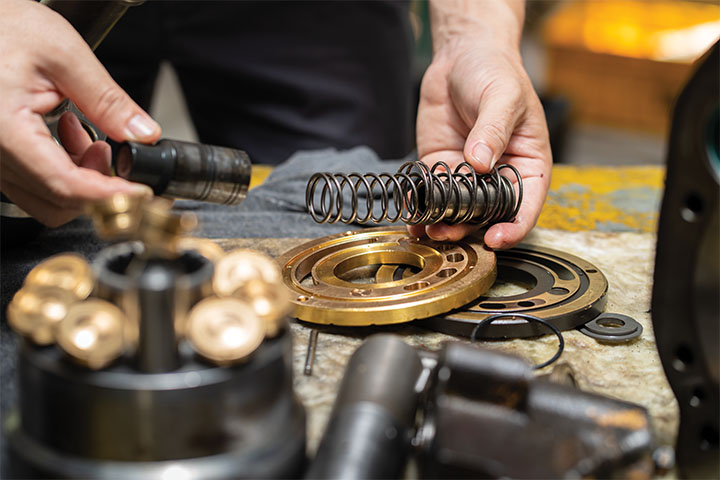
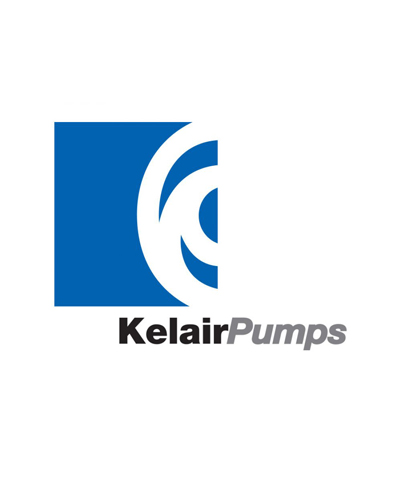
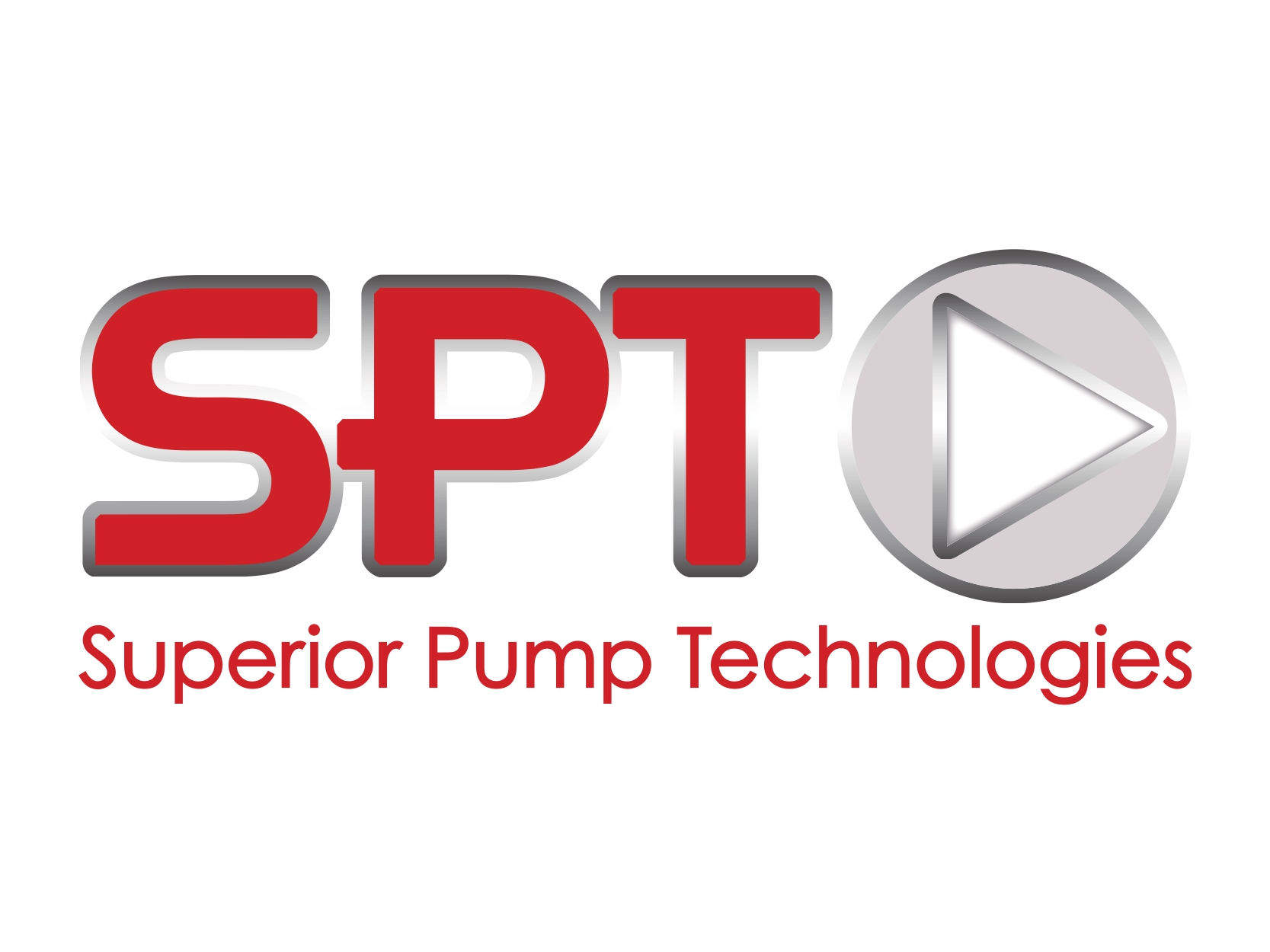
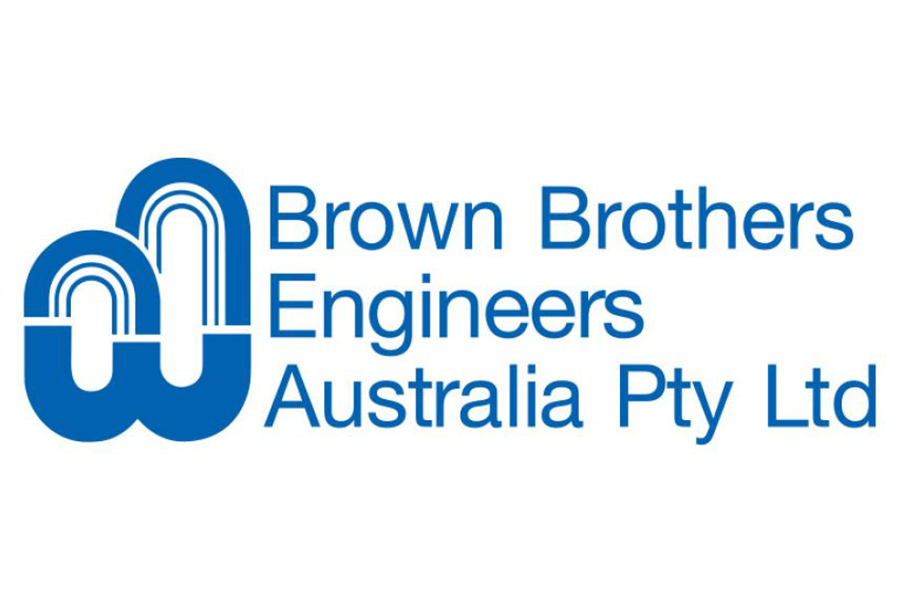

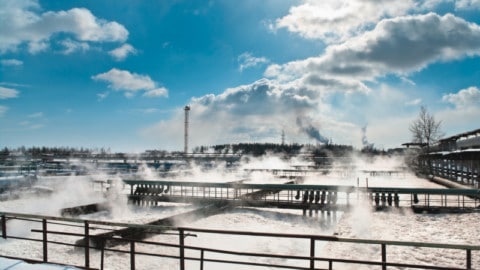


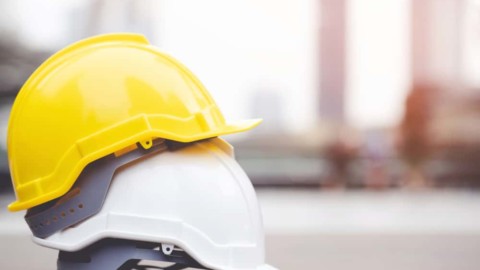
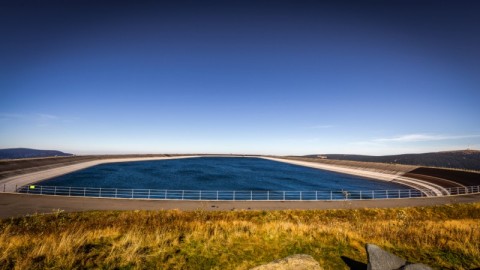







Comments are closed.
My husband and I want to get a deep well drilled for our home so that we can protect the environment by living off the grid. Your advice to only use positive sealing check valves because they will quickly report any movement in the reverse direction is very helpful. We’ll start looking for a submersible pump with a positive sealing check valve.